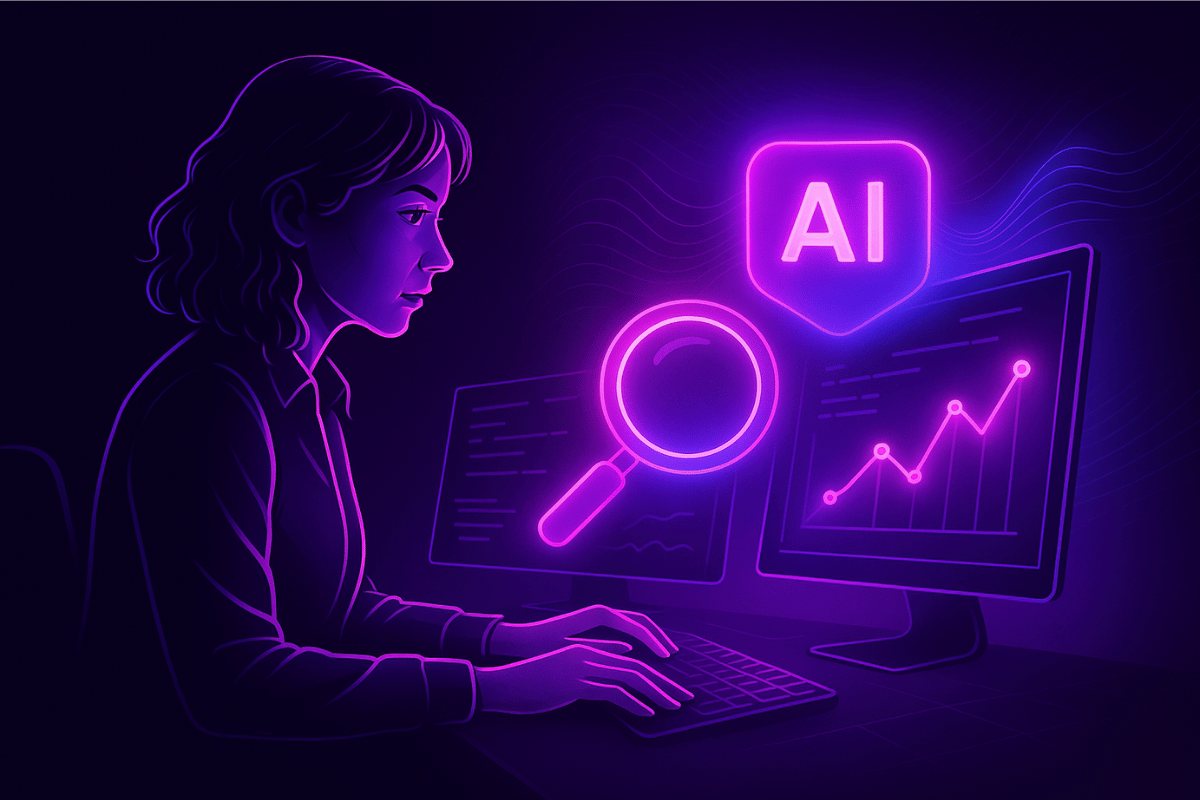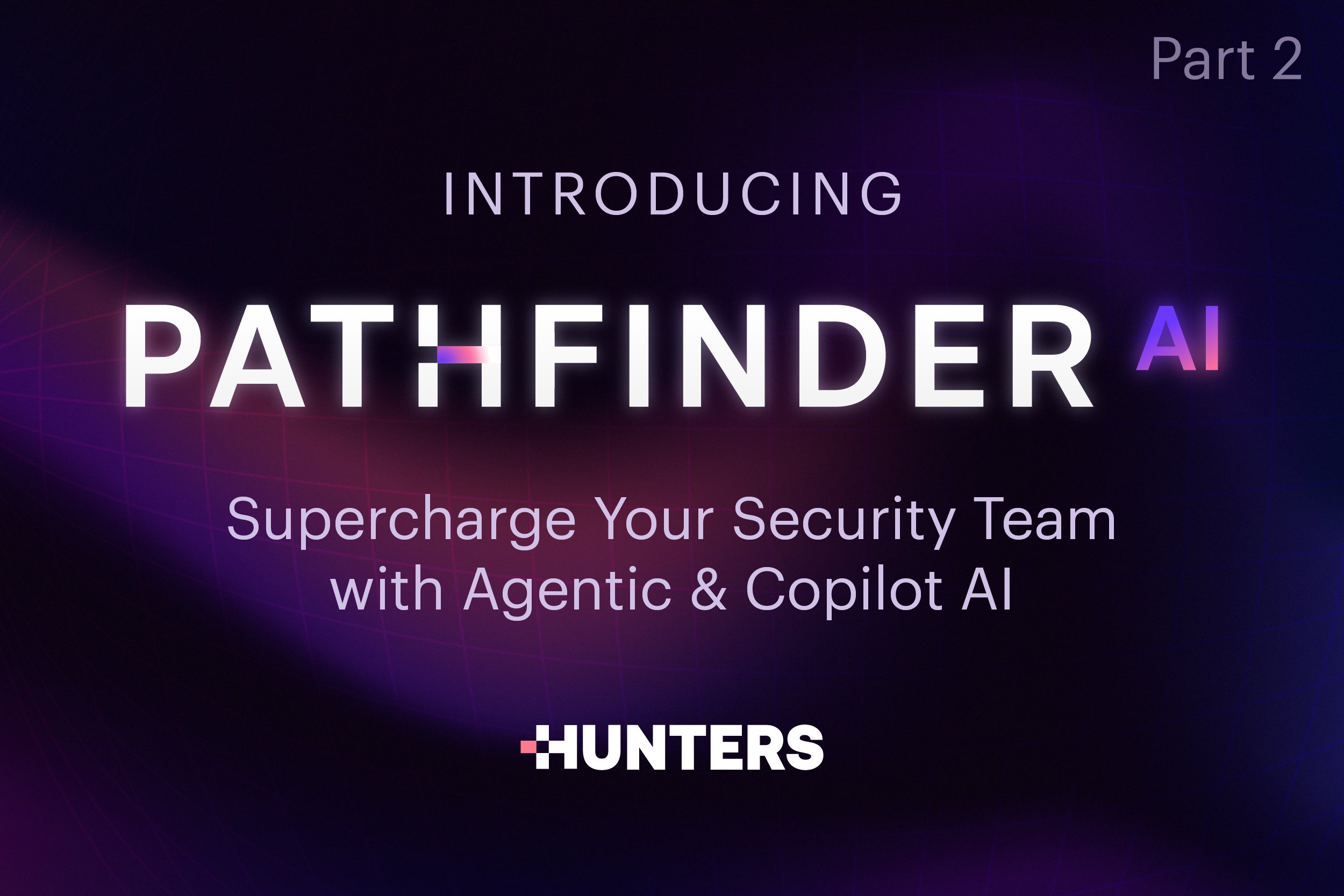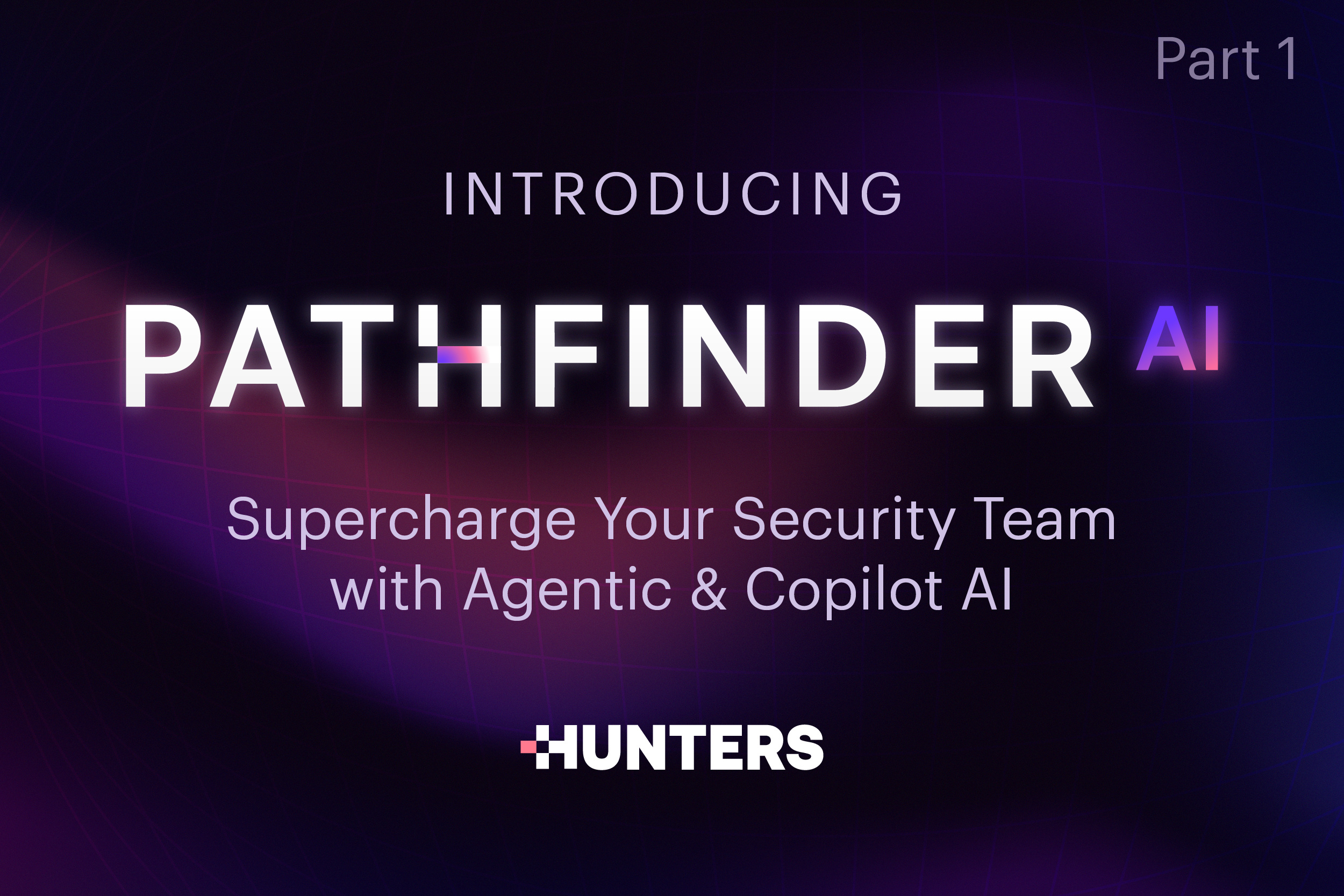Thought Leadership, Next-Gen SIEM
Next-Gen SIEM: How AI and Cloud are Redefining SecOps in 2025
- By Oliver Rochford
- 12 minutes to read
-
Table of Contents
What is Next-Gen SIEM?
Next-Gen SIEM (Security Information and Event Management) represents the evolution of traditional SIEM solutions, incorporating advanced technologies like cloud architecture, artificial intelligence, and machine learning to deliver enhanced threat detection and response capabilities. Also known as Next Generation SIEM, these modern platforms go beyond log collection and correlation to provide real-time analysis, automated responses, and predictive capabilities.
Why is SIEM More Relevant Than Ever?
Cyber threats today are complex, multi-vector digital assaults that can overwhelm well-resourced organizations, so it’s not surprising that small security teams often feel overwhelmed choosing the right Security Information and Event Management (SIEM) solution.
Having spent years analyzing the SIEM market, I’ve observed its transformation from basic log management to AI-enhanced systems capable of addressing today’s dynamic threat landscape, even for smaller teams. Gartner's Magic Quadrant for SIEM that highlights the growing importance of having a SIEM solution.
Let’s explore together what ‘small-but-mighty’ security teams in 2025 should prioritize when considering next-gen SIEM solutions.Next-Gen SIEM (Security Information and Event Management) represents the evolution of traditional SIEM solutions, incorporating advanced technologies like cloud architecture, artificial intelligence, and machine learning to deliver enhanced threat detection and response capabilities.
Why Legacy SIEMs Failed Small Security Teams
Traditional SIEMs, while groundbreaking in their time, offered centralized log management and event correlation that gave organizations a new level of visibility into their security posture. However, their design and implementation were tailored for large enterprises with robust budgets, dedicated Security Operations Centers (SOCs), and teams of skilled analysts. As the cybersecurity landscape grew more complex and breach damage democratized, legacy SIEMs exposed significant shortcomings for small and midsized security teams.
Here's why they fell short:
- Complexity and Cost: Managing legacy SIEMs often requires dedicated staff and significant operational investment.
- Alert Overload: Endless streams of poorly contextualized alerts contribute to analyst burnout.
- Cloud Limitations: Most legacy systems weren’t designed for modern cloud environments or AI-enhanced threat detection.
For small teams, these shortcomings transform traditional SIEM solutions from security assets into resource drains.
The Journey of SIEM: From Logs to Intelligent Security Platforms
SIEM’s evolution is remarkable. What started out as a central place to store and look over logs has grown into an important hub for modern secops. The transition has been driven by the increasing volume of security data, the need for real-time threat detection, and the growing complexity of hybrid IT environments.
Here’s how SIEM has advanced through the years:
- Scalability Through Big Data: Legacy SQL systems gave way to NoSQL and data lakes, to handle the deluge of security telemetry.
- Cloud-Native Design: Today’s SIEMs are built for hybrid and cloud-first architectures.
- AI and Automation: From anomaly detection to predictive threat modeling, AI now drives many of SIEM’s core capabilities.
Despite frequent claims of its demise, SIEM continues to adapt and expand its capabilities, ensuring its relevance in the ever-changing cybersecurity ecosystem, a phenomenon I call "SIEM-ification."
.png?width=1200&height=628&name=1.03-1200x628-Hunters-RA-278651%20(2).png) Source: SIEM Buyers Guide for Small Teams, 2025
Source: SIEM Buyers Guide for Small Teams, 2025
SIEM-AIfication: How AI Is Shaping the Future of SIEM
AI has moved far beyond being just a simple tool to collect and review logs. As noted in a recent article by Security Magazine, "Why SIEM's Obituary Was Written Too Soon", AI-driven enhancements are addressing SIEM’s historical shortcomings. It’s now indispensable for next-gen SIEM, addressing historical pain points like alert fatigue and detection delays. Key innovations include:
- AI-Driven Correlation: Machine learning models identify patterns and correlations that static rules cannot, uncovering stealthy threats.
- Automated Triage: By ranking alerts by severity, AI significantly reduces false positives and enables teams to focus on real threats.
- Predictive Analytics: Modern SIEMs can forecast potential attack vectors before they materialize, giving teams an edge.
- Dynamic Threat Intelligence: AI continuously adapts detection models to align with the latest attack techniques.
These improvements give small teams more power, allowing them to punch above their weight with more efficient workflows.
What to Look for in a Next-Gen SIEM
When evaluating a next-generation SIEM, it's critical to look past vendor buzzwords and flashy marketing claims. Instead, focus on the capabilities that truly make a difference for small and mid-sized security teams. Here's a breakdown of the essential features and qualities to prioritize in a modern SIEM:
- Core Capabilities Over Vendor Hype
Look beyond buzzwords. Prioritize solutions that deliver:- Robust Data Collection: Seamlessly integrate logs from endpoints, cloud services, and networks.
- Real-Time Correlation: Ensure high-fidelity detection and actionable insights.
- Integrated Response: Built-in SOAR functionality is a game-changer for small teams.
- Ease of Deployment
Fast deployment is critical. Consider solutions with:- Automated Data Onboarding: Pre-built integrations save weeks of effort.
- Pre-Tuned Detection Rules: Reduce the need for months of manual configuration.
- AI for False Positive Reduction
Small teams need precision. AI-based SIEMs dynamically filter noise and highlight true positives, preventing analyst burnout.
Next-gen SIEMs are increasingly designed to meet the challenges of modern security operations, particularly for smaller teams that need efficiency and simplicity. When choosing a solution, focus on capabilities that align with your unique needs: seamless integrations, rapid deployment, AI-enhanced detection, and automation for faster response. By prioritizing practical functionality over marketing hype, you can invest in a SIEM that not only enhances your security posture but also actually helps your team to operate with less friction and overhead.
The 2025 SIEM Landscape
The evolution of the SIEM market has resulted in a diverse ecosystem of solutions, each tailored to address specific needs and challenges. SIEM is now a dynamic collection of choices that accommodates various organizational sizes, digital architectures, and security requirements rather than a one-size-fits-all solution. Here's how the market segments stack up in 2025:
- Traditional Monolithic SIEMs (e.g., QRadar, ArcSight): Feature-rich but resource-intensive. Limited flexibility, complex implementation and deployment.
- Cloud-Native SIEMs (e.g., Hunters): Designed for scalability and agility without vendor lock-in.
- Endpoint security and EDR-Integrated SIEMs (e.g., CrowdStrike): Strong for endpoint telemetry but weaker for broader security operations.
- SIEM-less Models: Microservice-based approaches offering specialized detection capabilities.
How to Choose the Right Fit for Your Team
The choice of a SIEM solution depends on your organization’s size, infrastructure, and security goals. Here are some guiding principles:
- Go Monolithic: If you're a large enterprise with compliance-heavy requirements and extensive on-premises infrastructure.
- Go Cloud-Native: If scalability, cost efficiency, and rapid deployment are top priorities.
- Go Endpoint security and EDR-Integrated: If you're seeking endpoint protection, but not concerned about connecting alerts to other parts of your environment—like cloud, identity, or network traffic.
- Go SIEM-less: If you're highly skilled in managing microservices and want maximum flexibility in your security architecture.
Avoiding SIEM Selection Pitfalls
In my conversations with security leaders from over 3,000 organizations, I’ve learned firsthand how even well-intentioned teams can fall into avoidable traps when choosing a SIEM solution. While vendors often focus on marketing buzzwords, security leaders must take a pragmatic approach to evaluating a SIEM that aligns with their needs, resources, and long-term strategy. Here are some of the most common mistakes, and more importantly, how to avoid them.
- Ignoring Scalability: Can Your SIEM Handle Future Growth?
One of the most overlooked yet critical factors in SIEM selection is scalability. Many organizations choose a SIEM based on their current log volume, only to realize a year later that their data ingestion has tripled due to cloud adoption, compliance mandates, or expanded security telemetry.
- Underestimating Costs: It’s More Than Just Licensing
Cost is one of the biggest dealbreakers when it comes to SIEM adoption, but it’s also one of the easiest traps to fall into. Many security teams focus solely on licensing costs, only to get blindsided by hidden expenses such as implementation, customization, and ongoing maintenance.
- Overlooking Usability: A SIEM That’s Too Complex to Use Is Useless
A common complaint from security teams is that their
generates thousands of alerts—but provides no actionable intelligence. If your SIEM requires constant tuning just to maintain accuracy, it’s not helping your security team—it’s draining their productivity.
Closing Thoughts
SIEM has not just survived but thrived by evolving with new technologies. For small security teams in 2025, choosing the right SIEM means focusing on solutions that are cloud-ready, AI-enhanced, and easy to deploy. The goal is clear: simplify workflows, reduce noise, and deliver actionable insights.
Selecting the right SIEM isn’t about choosing the most feature-packed or AI-powered solution. It’s actually about choosing a SIEM that fits your organization’s needs, resources, and security strategy. By avoiding these common pitfalls, you’ll set your team up for long-term success rather than long-term frustration.
Remember
- Think ahead—choose a SIEM that scales with your data growth.
- Know your costs—factor in licensing, storage, and maintenance.
- Prioritize usability—if it’s too complex, your team won’t use it effectively.
- Verify integrations—a SIEM without full visibility isn’t useful.
- Avoid vendor lock-in—opt for flexibility and open standards.
Looking for resource to help you navigate the SIEM market? The SIEM Buyers Guide for Small Teams was designed for SOC leaders evaluating new SIEM solutions for their teams.
Frequently Asked Questions
What is Next-Gen SIEM and how does it differ from traditional SIEM?
Next-Gen SIEM builds upon traditional SIEM capabilities by incorporating cloud architecture, advanced analytics, artificial intelligence, and machine learning. Unlike traditional SIEM, which primarily focuses on log collection and correlation, Next-Gen SIEM offers real-time threat detection, automated response capabilities, and predictive analytics.
What are the key benefits of Cloud SIEM solutions?
Cloud SIEM solutions offer several advantages, including:
- Reduced infrastructure costs and management overhead
- Scalability to handle growing data volumes
- Faster deployment and updates
- Improved accessibility for remote security teams
- Enhanced integration with cloud services and applications
- Greater flexibility for hybrid environments
How does AI improve SIEM functionality?
AI enhances SIEM functionality through:
- Advanced anomaly detection beyond rule-based systems
- Pattern recognition across vast datasets
- Reduction in false positives
- Automated threat hunting
- Predictive identification of potential security issues
- Continuous learning and adaptation to new threats
What capabilities should a Next-Gen SIEM solution include?
A comprehensive Next-Gen SIEM should include:
- Cloud-native or hybrid deployment options
- AI & ML-powered detection, investigation and response
- User and entity behavior analytics (UEBA)
- Security orchestration, automation and response (SOAR)
- Threat intelligence integration
- Extended detection and response (XDR) capabilities
- Compliance and governance reporting
How do Next-Gen SIEMs address the challenges of traditional SIEM?
Next-Gen SIEMs address traditional SIEM challenges by:
- Reducing alert fatigue through better prioritization
- Decreasing manual analysis through AI & automation
- Improving detection of unknown threats via behavioral analytics
- Enabling faster response with Agentic & Co-Pilot AI
- Managing large data volumes through cloud scalability


